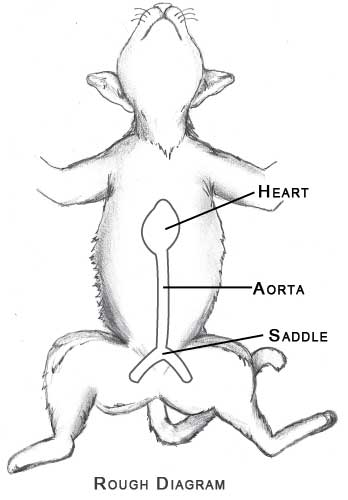saddle thrombus cat diagnosis
Feb 18 2018 7 1 bruce 1 TCS Member. 12 Cats seem to be more susceptible than animals of other species to development of ATE probably because of the higher prevalence of myocardial disease with left atrial enlargement in cats.
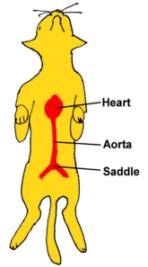
Feline Aortic Thromboembolism Fate Or Saddle Thrombus Veterinary Partner Vin
Its nothing like that.
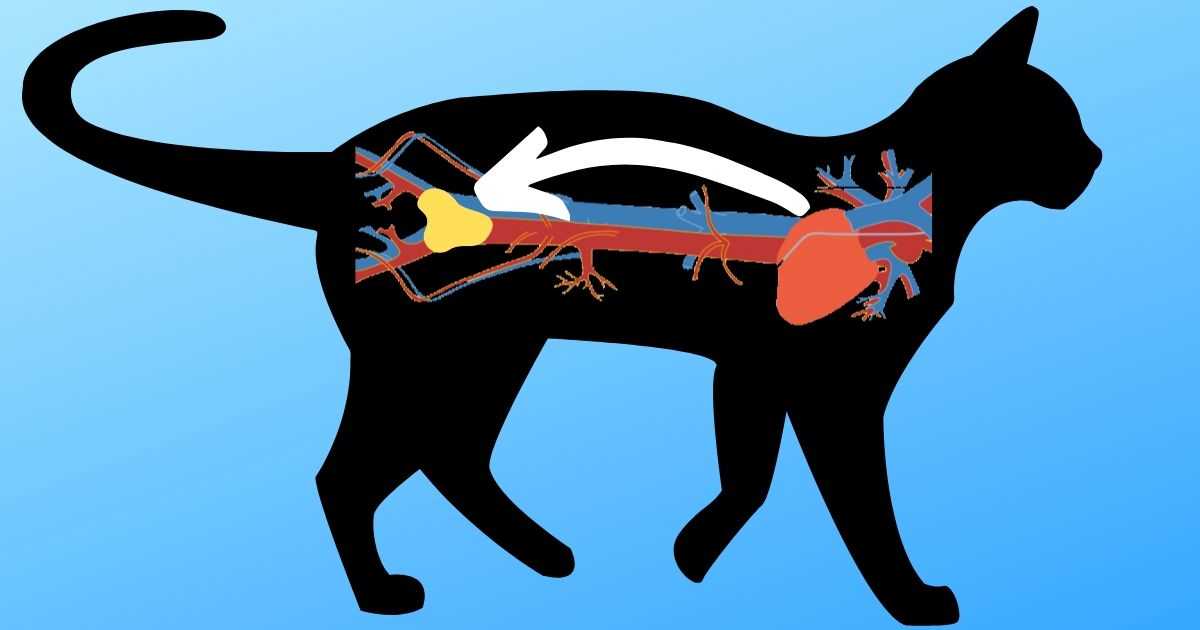
. Just a larger than normal heart and some fluid in the chest. This clot blocks blood flow to the affected limb s. The most common cause of rear limb paralysis in cats is a blood clot that goes to the back leg called a saddle thrombus or arterial thromboembolism ATE.
The site of cardiogenic embolism is variable. In cats the initial blood clot tends to form inside the cavities of the left heart particularly in the left atrium and left auricle. Cats with a saddle thrombus will often have acute and severe pain their muscles in the back legs may be hard to the touch the paws and limbs are often cold or cool and the paw pads may be pale in color.
Your vet now shows you the X-rays. To participate in this clinical trial a cat must. Laboratory tests and diagnostic imaging may be needed to confirm the diagnosis to detect underlying heart disease or heart failure and to rule out other problems.
In cats these blood clots can travel downstream and become lodged in the femoral arteries -- the main arteries that provide. All three of these conditions referred to as Virchows triad may be present in cats with myocardial disease. Joined Apr 8 2016.
Additional testing may be needed such as a complete blood count and biochemistry profile chest x-rays andor echocardiogram ultrasound to evaluate the size and shape of the heart and doppler test to confirm the absence of blood flow in the legs. Hind legs due to a so called saddle thrombus are most commonly seen. A saddle thrombus is a blood clot that blocks blood supply to the back legs.
Feline cardiogenic arterial thromboembolus ATE also known as saddle thrombus is a devastating complication of heart disease in cats. Have an observed onset of saddle thrombus. Blood stasis hypercoagulability and endothelial damage.
FATE is a serious and painful condition with serious implications. Affected cats are in extreme pain with distressed howlingvocalisation and anxiety common symptoms. The clot or a fragment of it can subsequently flow to an anatomical location in the systemic circulation normally represented by a saddle location at the aortic trifurcation and subsequently compromise.
This may be enough to lead to a diagnosis. As the left atrium dilates blood flow slows. Signs of Saddle Thrombus in Cats Sudden pain often with vocalization Rapid or labored breathing Acute paralysis or partial paralysis of one or both rear limbs One or both rear limbs is cooler than front limbs Rear paw pads that appear blue gray or pale.
The two most common types of congenital heart disease are malformations of a valve or a septal defect in the wall that divides the right and left sides of the heart. Despite the extreme presentation the cat may be able to recover from the episode but it is important to understand how it came. Diagnosis involves X-rays ECG and echocardiography.
The cats will be unable to use their back legs well and may be dragging them and seem paralyzed. Please keep us updated if you can. Paralysis or paresis weakness.
Additionally a gallop rhythm may be ausculted. The prevalence of this condition is approximately 03 to 06. She explains that Kitty has congestive heart failure along with serious heart disease and this latter issue is what precipitated the formation of the clot.
The most common type of heart disease in cats is adult onset hypertrophic cardiomyopathy. Again so sorry you had such a scare and that things are looking frightening due to the diagnosis being something youre unfamiliar with. A saddle thrombus is a blood clot called a thrombus that lodges at the base of the aorta just as it branches into two distinct arteries thereby obstructing blood flow to the hind limbs.
This condition is usually a complication of heart disease or hypertrophic cardiomyopathy although other health conditions may contribute to it as well. In general three conditions favor thrombus formation. It comes on suddenly and appears to paralyze the cat causing one or both rear legs to become useless and even noticeably cold.
A saddle thrombus is typically diagnosed based on its distinctive clinical presentation. Its important to start treatment as soon as possible to give your cat the best chance of recovery. The propensity for intracardiac thrombus formation seems to be higher for cats.
Aortic thromboembolism also known as saddle thrombus occurs when a blood clot cuts off the blood supply to the cats hind legs leaving his two back limbs paralyzed. Thrombosis clot formation within a cardiac chamber or vascular lumen and embolization occurring when a clot fragment or other foreign material lodges within a vessel commonly accompany feline myocardial diseases. - The Internet says cats with saddle thrombus should be in strict cage rest immediately.
Feline Arterial Thromboembolism--Diagnosis and Management - WSAVA 2003 Congress - VIN. Have a diagnosis of saddle thrombus a blood clot that blocks arteries in the legs affecting at least two limbs. A low rectal temperature may also be measured.
It is so named because of the saddle-like shape it roughly resembles once it takes up residence in this location. The diagnosis of saddle thrombus can be made from the physical ex-amination alone based on the following signs. Symptoms appear suddenly and include severely painful paralysed back legs.
Have a rapid clinical assessment that permits initiation of treatment within 6. Heart disease can cause disturbances in blood flow through the heart that can lead to the formation of blood clots. Saddle thrombosis is typically identified by the 5 Ps.
A heart murmur may or may not be auscultable while some cats may also be in concurrent congestive heart failure in which classic increased breathing with effort and crackles may also be appreciated. A saddle thrombus is an emergency contact your vet immediately if your cat is showing symptoms. Studies have shown that only one limb may be affected in up to 26 of cats with ATE Smith et al 2003 Figure 3.
The most common location of the embolism is the terminal aorta most cats present with complete paralysis or weaknesspartial loss of the hind limbs. The cat will hyperventilate and cry out with extreme pain. Diagnosis of Saddle Thrombus in Cats FATE is diagnosed based on its distinctive clinical presentation.
90 of saddle thrombus cases have underlying heart disease. A clot in the back leg suddenly causes the cat to be unable to put full weight on the affected leg.
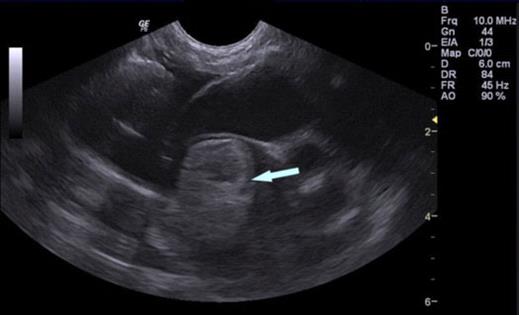
Feline Aortic Thromboembolism Fate Or Saddle Thrombus Veterinary Partner Vin

Feline Aortic Thromboembolism Clinician S Brief

A Common Blood Clot That Can Cripple Or Kill Cats And New Hope On The Horizon Dr Marty Becker

Saddle Thrombus Every Cat Owner S Worst Nightmare Petmd

Aortic Thromboembolism In Cats Survival Data Walkerville Vet

Symptoms Of Saddle Thrombus In Cats Firstvet
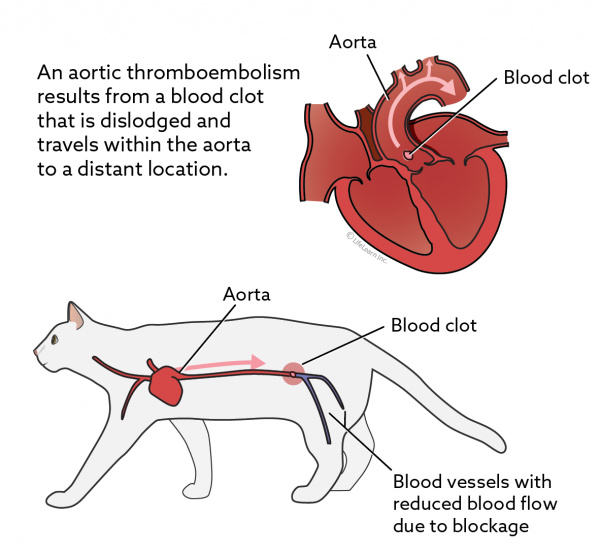
Aortic Thromboembolism In Cats Vca Animal Hospitals
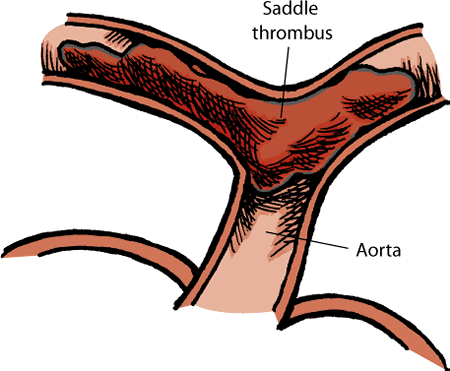
Blood Clots And Aneurysms In Cats Cat Owners Merck Veterinary Manual
Feline Arterial Thromboembolism Today S Veterinary Practice
Managing A Patient With Arterial Thromboembolism Veterinary Practice

Saddle Thrombus In Felines The Pet Beastro
/stethoscope-813823560-6ffd152f92f14f4b979456c98d2bd6a1.jpg)
How To Treat Saddle Thrombus In Cats

Abnormal Stance Knuckling Of The Metatarsus With Paralysis Of The Download Scientific Diagram

Pdf Feline Arterial Thromboembolism Prognostic Factors And Treatment

My Cat Has Suddenly Gone Lame In Her Hindquarters And Seems To Be In A Lot Of Pain Florida Veterinary Hospital
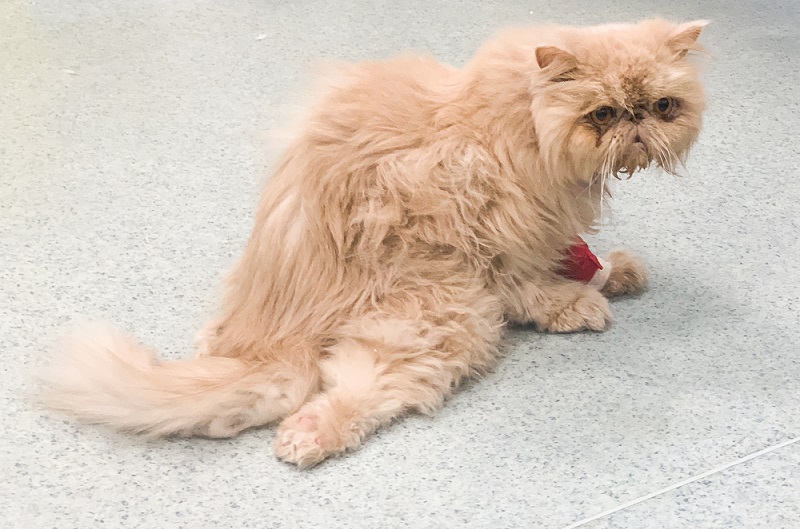
Aortic Thromboembolism Anything New

Pdf Feline Arterial Thromboembolism Prognostic Factors And Treatment
